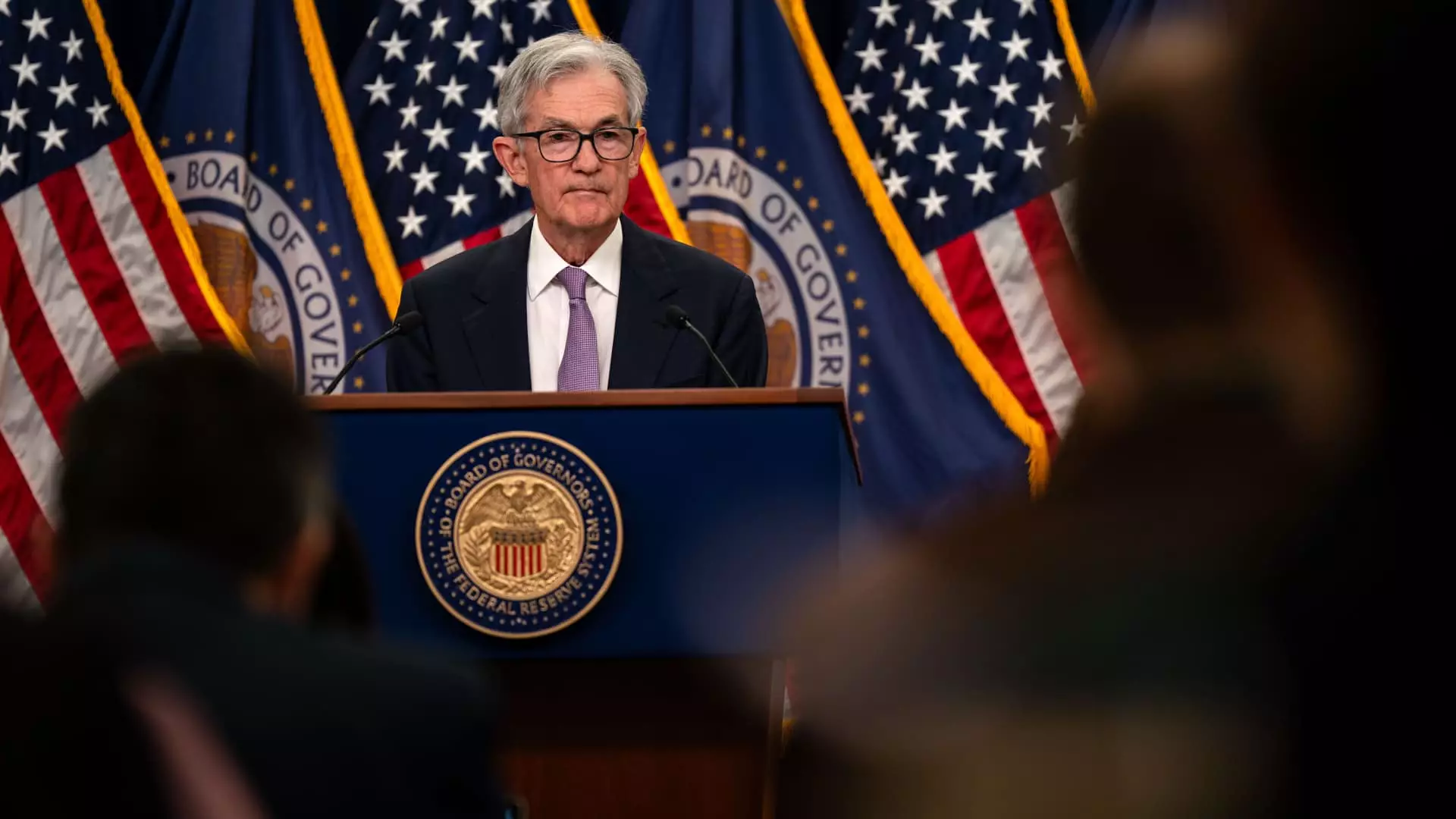The Federal Reserve (Fed) is once again in the spotlight as it carefully navigates the complexities of economic policy amid rising inflationary pressures and the uncertainty brought about by incoming political leadership. The monetary authority’s December meeting minutes reveal a cautious yet deliberate stance regarding interest rate cuts, showcasing how external factors, namely upcoming policies from President-elect Donald Trump, are shaping their economic outlook. By parsing through these developments, we gain insights into the interactions between political events and monetary policy, the implications for inflation, and the Fed’s broader concerns.
A significant takeaway from the recent Fed meetings is the reflection of unease regarding how Trump’s proposed trade and immigration changes could drastically affect the U.S. economy. While Fed officials were careful not to mention Trump directly, the implications were clear—at least four references to the potential impacts of his policies demonstrate an acute awareness of the changing landscape. With promises of aggressive tariffs targeting major trade partners such as China, Mexico, and Canada, along with plans for deregulation and mass deportations, there lies substantial uncertainty. These initiatives may bring about economic shifts that are both unpredictable and profound.
Federal Open Market Committee (FOMC) members, in light of these developments, emphasize a prudent approach to monetary policy. They suggest that the time to act is not yet ripe for aggressive cuts. As the implications of Trump’s policies unfold, there is an evident concern about inflation risks that could arise from these changes, necessitating a more measured response from the Fed.
Inflation: A Growing Concern
Inflation, a key focus for the Federal Reserve, has been running above the central bank’s annual target of 2%. Recent data show core inflation at 2.4% and overall inflation, factoring in volatile food and energy prices, reaching 2.8%. Despite the Fed’s efforts to steer inflation back to its target, many officials agreed that achieving this goal would not happen until 2027. The minutes from the meeting indicate a consensus that risks of inflation continue to sway upwards, compelling a thoughtful consideration of future monetary actions.
The Fed’s decision to lower the benchmark borrowing rate to a target range of 4.25%-4.5% reflects a desire to counteract inflation pressures, but the reduced forecast for interest rate cuts—from four expected cuts down to two through 2025—reveals a strategic cautiousness. There’s recognition of the need to analyze various economic indicators such as consumer spending and labor market dynamics before committing to additional policy easing.
During the December meeting, Fed officials engaged in significant discussions about the need for a gradual approach to monetary policy. The acknowledgment that the policy rate has edged closer to its neutral value illustrates a strategic pivot. The committee’s pivot towards caution reflects the need to take a step back, allowing time to assess emerging economic conditions and data trends that could inform future decisions.
The summary embodying the meeting’s discussions highlighted that the uncertainty surrounding economic developments necessitates a restrained pace in policy changes. Jerome Powell, the Fed Chair, articulated this sentiment eloquently, likening the current economic environment to “driving on a foggy night.” Such analogies strongly resonate, reminding us that in times of uncertainty, it is wiser to proceed carefully rather than hastily.
The Future Trajectory for Interest Rates
Looking ahead, the Fed’s “dot plot,” which outlines individual committee member expectations for future rate changes, indicates a projected two additional rate cuts in 2026. The potential for one or two more cuts after that hints at a broader strategy to maintain economic stability while approaching longer-term goals. The overarching aim appears to be guiding the federal funds rate towards a long-run average of around 3%, showcasing an understanding that the path to economic balance is likely to be protracted and riddled with challenges.
Ultimately, the Fed’s outlook, as conveyed in the December meeting minutes, underscores a commitment to carefully assess the evolving economic landscape before making concrete policy moves. The combination of ongoing inflation concerns and the unpredictable nature of upcoming political policies poses critical questions for the future trajectory of the U.S. economy. As the Fed navigates these challenges, it is clear that vigilance and hesitation characterize their approach in uncertain times, reflecting a recognition that the intersection of politics and economics requires both prudence and flexibility.

